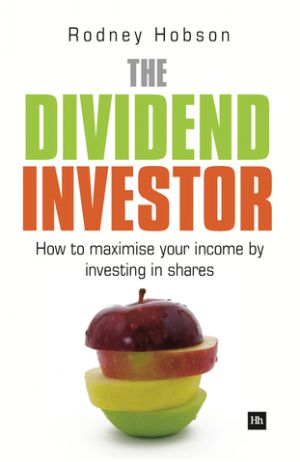
What this book covers
As the title implies, The Dividend Investor is all about buying shares for the income they generate through the dividends they pay their shareholders, as opposed to investing simply in the hope of returns from rises in share prices. The accent is on buying shares for the longer term rather than looking for quick fixes.
The focus is the UK stock market, although the arguments and guidance provided are relevant to all major stock exchanges around the world. The text refers mainly to larger and medium-sized companies because they are more likely to pay dividends than smaller ones. The concentration is on companies with a full listing rather than those quoted on AIM for the same reason. The approach is practical rather than academic.
Who this book is for
This book is for those who have grasped the basics of investing but are unsure as to how to build a portfolio of shares that will produce a steady and rising income.
However, investors of any experience should benefit from reading this book, irrespective of their investment criteria. Even those who have already built an investment portfolio and those who subsequently decide that they want to be active traders rather than stick to solid long-term investments will learn more about making the most of their capital.
Many investors plunge into shares with a vague notion of making money but without properly assessing what it is that they want from their investments. This book argues that regular income is a key part of any investment strategy, whatever the age or aspirations of the investor, and that shares are the best way of securing this income at relatively low risk and with the bonus of providing a hedge against inflation.
How this book is structured
The Dividend Investor is divided into four main sections: (Parts A-D) basic information on how dividends are set and by whom; how to analyse companies to maximise the yield on your investments; how to find companies that fit your investment criteria; and how to build your own portfolio using the knowledge that you have gleaned from the first three sections.
Chapters are arranged to lead investors step-by-step through the whole topic of investing for dividends. New and less sophisticated investors will particularly benefit from reading from start to finish. Even those with little knowledge of how the stock market works will feel competent to begin investing by the time they are half way through the book.
The book can also be used as a reference work. In particular, the chapters on the key figures and ratios that investors use to choose companies that fit their portfolios should be fully understood.
Why dividends?
There are two major reasons for investing:
1. to produce income
2. to store wealth for some time in the future.
It is very important to recognise the remarkable power of dividends. Newspapers feed the public with daily doses of how share prices rise and fall, often commenting on how billions have been added to or wiped off the stock market or how shares in some company or another have gained millions in a single day because of one item of good news.
It is easy to be seduced by these dazzling figures that foster the notion that the stock market is all about making a fast buck in a gambler?s paradise, especially in a bull market when all eyes are on rising shares prices.
In fact, the real money is made through solid investments that pay regular, rising dividends. The greater part of total returns for share investors over time will come from dividends, not capital gains. And when markets are falling, your only gains are likely to come from dividends.
To demonstrate the importance of dividends we can look at figures produced by the Barclays Equity Gilts Study, which showed that £1,000 invested in shares at the end of the Second World War would have been worth £57,210 by the end of 2009.
However, had we reinvested the dividends our pot would have ballooned to a massive £924,600.
So unless you are a very short-term trader, you should be investing for dividends as part of any strategy for capital growth. Companies paying gradually improving dividends are the ones that will see their share price rise over time and the income from dividends will help to offset any capital losses you may suffer.
With the help of Rodney Hobson?s latest book you can compete easily with the City professionals, retaining the flexibility to invest as, when, and where you choose. The Dividend Investor is a carefully written and thorough guide, a worthwhile read for investors of any experience.